Apple iPhone 4 vs. HTC EVO 4G: Clash Of The Touch-Screen Titans Round 3

It's On (Again)
Apple this week unveiled the next-generation iPhone: The Apple iPhone 4. The new hardware, which is also the first iPhone to boast iPhone OS 4 software, makes big strides on the previous model: The Apple iPhone 3G S. Apple has knack for giving the people what they want.
But HTC is no slouch either. And the recent release of the HTC EVO 4G -- the first 4G WiMax smartphone -- is looking to steal some of the Apple iPhone 4's thunder. The HTC EVO 4G has already set a first-day sales record for Sprint, selling more for Sprint than any device in its first day on the shelves than any other.
So we're putting the two devices into the thunder dome to see who comes out standing. Will it be the Apple iPhone 4 or the Google Android HTC EVO 4G. We'll pit them head to head in 14 different categories to see who comes out the victor.
We've done this before. In clash of the touch-screen titans round one we stacked the iPhone 3G up against challenges like the T-Mobile G1 and the BlackBerry Storm. Guess what? The iPhone 3G won. With the release of the iPhone 3G S a year later, we brought you clash of the touch-screen titans round two: a cage match between the iPhone 3G S and the Palm Pre. Again, to Apple went the spoils. This time, we'll see if Apple can take round three with the Apple iPhone 4, or if the HTC EVO 4G has the power and might of an early 1990s Iron Mike Tyson and can throw a hefty third-round knockout blow.
Ding! Ding! Let's get it on!
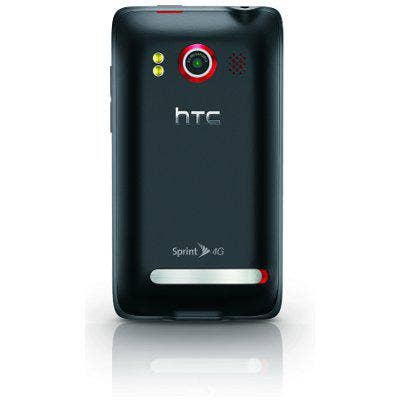
Camera And Video
Camera quality and video recording have become staples for any device to be worth a damn. And neither the iPhone 4 nor the HTC EVO 4G are slouches when it comes to capturing images and video.
One of the big additions to the Apple iPhone 4 is the double 5-megapixel camera. That's right, one camera faces the front, and one on the back. That capability enables video calling over Wi-Fi via Apple's new FaceTime. The camera also features a built-in LED flash and 5 times digital zoom.
On the video side, Apple iPhone 4 is a force with HD video capabilities, able to record in 720p. From there, a $4.99 purchase of iMovie from the App Store lets users edit and create their own films.
The HTC EVO 4G also ties in two cameras, one 8 megapixels with flash and another 1.3 megapixel front-facing camera for video conferencing. The HTC EVO 4G can also record video in HD and supports video calling.
Winner: Tie. Both devices pack video and camera punches. While they are similar the subtle differences will depend on user preferences. No matter which device you choose, the Cisco-owned Flip better watch its back.
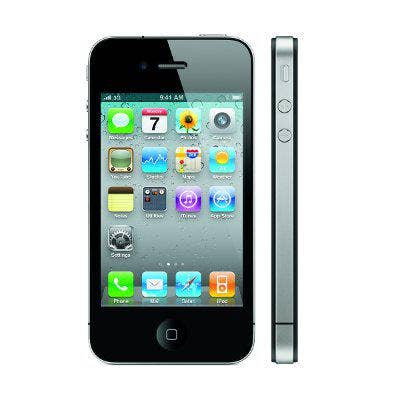
Memory And Storage
Capacity is king with the new breed of smartphones, as they are tuned to store music, videos, photos, even documents. Both smartphones offer large amounts of storage capacity.
The HTC EVO 4G comes out of the box with 1 GB of internal storage and an 8 GB microSD card for storage needs, but can be bulked up to 32 GB to be a storage titan.
Meanwhile, the Apple iPhone 4 comes in two storage flavors: 16 GB and 32 GB.
Winner: Apple iPhone 4. It's nice to have choice. While neither the 16 GB model nor the 32 GB model of the iPhone 4 offer expandable memory, it's nice to know where you stand and have to upgrade if a little more bulk is needed.
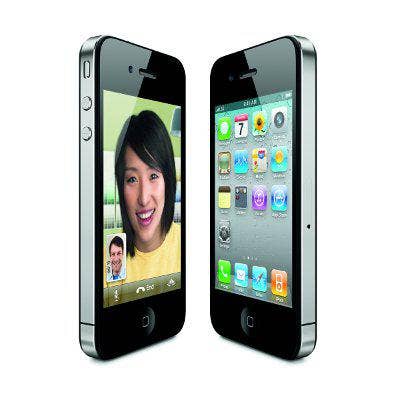
Device Pricing
What good is a sweet new smartphone if it's going to cost you an arm and a leg? Not good at all.
The Apple iPhone 4 hit right out of the gate with an attractive pricing model, $199 for the 16 GB model and $299 for the 32 GB model with a two year AT&T contract. Again, choice is a good thing.
The HTC EVO 4G runs $199 with a two-year contract with Sprint.
Winner: Apple iPhone 4. Again, it's all about choice. A smartphone with the capabilities the iPhone 4 and the EVO 4G have for $199 would have been unheard of years ago, but the iPhone takes it again offering double the capacity for just $100 more.
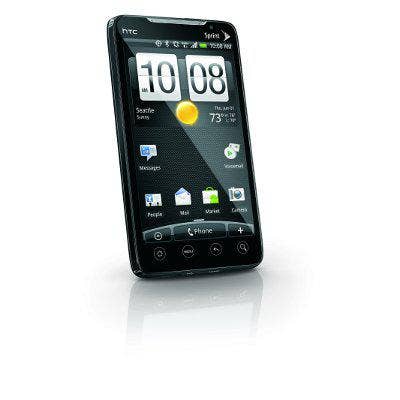
The Network
This is what separates the men from the boys. The wireless network the device runs on.
The HTC EVO 4G runs on Sprint's 4G WiMax network, in areas where WiMax is available. The turbo-charged 4G network has peak download speeds of more than 10 Mbps, about 10 times faster than 3G. When 4G isn't available, the HTC EVO 4G leverages Sprint's 3G CDMA network.
The Apple iPhone 4 runs on AT&T's 3G network and falls back on quad-band GSM in areas where 3G is lacking.
Winner: HTC EVO 4G. The name says it all. 4G. While it's not available anywhere yet, HTC is the first to market with a commercially available 4G phone. That's a big deal.
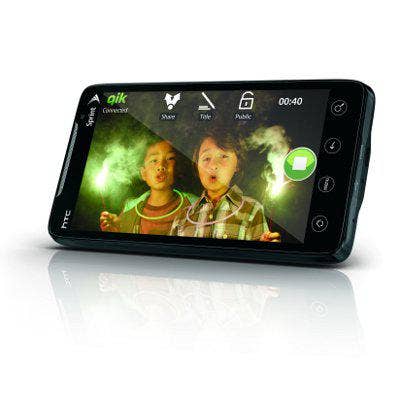
Voice And Data Plans
The price of the device is important. And the network it runs on is important. But you're going to be paying a monthly fee whether you get an Apple iPhone 4 or an HTC EVO 4G. So which plan is better, the EVO 4G's on Sprint or the iPhone 4's on AT&T.
For the HTC EVO 4G, Sprint offers a bundled data plan with its voice and messaging plans. For about $80, users get 450 minutes of voice, unlimited messaging and unlimited data; for about $100, EVO 4G users get 900 minutes and unlimited messaging and data. Add $10 and you get unlimited everything from Sprint, which also includes the 4G access.
For the Apple iPhone 4, AT&T, which just axed its unlimited data plans for smartphone users, offers two data plans: $15 per month for 200 MB and $25 per month for 2 GB. Existing users of the $30 unlimited plans are grandfathered in. For voice plans, AT&T offers 450 minutes for about $40, 900 minutes for $60 and unlimited for $70.
Winner: HTC EVO 4G. Sprint's unlimited bundles and plan pricing push the HTC EVO 4G to the winner's circle here, while AT&T's ditching of its unlimited data did them in.
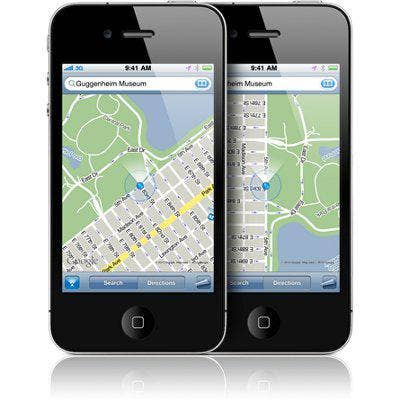
Additional Connectivity
It's no longer just about the network! Devices have to have various levels of connectivity. But the iPhone 4 and the EVO 4G are connectivity hulks.
The Apple iPhone 4 has 802.11 b/g/n Wi-Fi, though the n is on 2.5GHz only, while the HTC EVO 4G has 802.11 b/g only for Wi-Fi connectivity. Both of them also tie in Bluetooth and GPS connectivity. And now the iPhone supports tethering, meaning users don't need a hot spot to surf the Web on their computer, instead, they can leverage the iPhone's 3G connection.
Winner: Apple iPhone 4. Additional connectivity isn't really a deal breaker, but the iPhone's leverage of 802.11n is important.
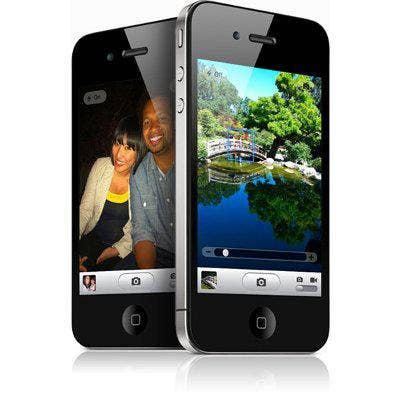
Size And Weight
Smartphones are getting smaller. No one wants to be carrying around a bulky or overstuffed device. The iPhone 4 and HTC EVO 4G have made strides to be tight and right, as compact and light as possible and still blow your hair back with their functionality.
The Apple iPhone 4 weighs in at 4.8 ounces and measures 4.5 inches by 2.31 inches by 0.37 inches, 24 percent more slender than the Apple iPhone 3G S. Meanwhile, the HTC EVO 4G weighs 6 ounces and measures 4.8 inches by 2.6 inches by 0.5 inches.
Winner: Apple iPhone 4. When it comes to smartphones, size matters and the Apple iPhone 4's compact sexy frame is sure to turn heads.
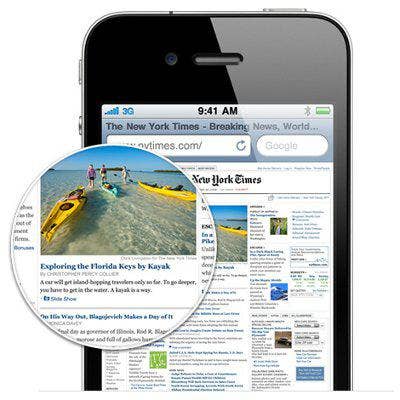
Display
It's all about the display. Video and photos must be crisp. The multi-touch has to be swift and responsive. The Web has to look like a pocket-sized desktop. In this showdown, both smartphones have killer screens. But which is the better?
The HTC EVO 4G has a 4.3-inch multi-touch WVGA 480x800 pixel resolution display that boasts being one of the largest screens on the market. The multi-touch enables pinching and zooming on the Web.
Apple, meanwhile, did something new with the Apple iPhone 4. The 3.5-inch display, which apple is calling Retina, is a widescreen multi-touch that offers 960x640 pixel resolution at 326 pixels per inch. The glass screen gets is named because it is designed to deliver image fidelity in tune with the human retina.
Winner: Apple iPhone 4. Retina is the apple of our eye. The iPhone revolutionized displays and the updated screen in the fourth generation iPhone is orders of magnitude better than anything else out there.
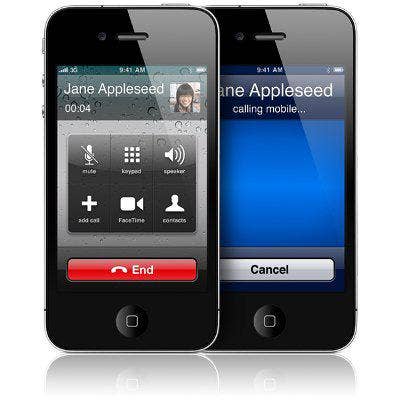
Battery Life
A smartphone is only good as long as it's powered up, right? So battery life is of the utmost importance.
Apple said the new iPhone 4 can deliver seven hours of talk time on 3G and 14 hours on 2G. Meanwhile, for Web surfing, the iPhone 4 delivers six hours of juice on 3G and up to 10 on Wi-Fi. And for video and audio playback, users can expect up to 10 hours and up to 40 hours, respectively.
Unfortunately for the HTC EVO 4G, Sprint only advertises six hours of continuous talk time and offers no insight into how the smartphone's battery stacks up for other uses.
Winner: Apple iPhone 4. Kind of by default, since the HTC EVO 4G didn't come to play. Apple did, however, improve battery life in this new generation iPhone, so if it's any consolation it probably would have won anyway.
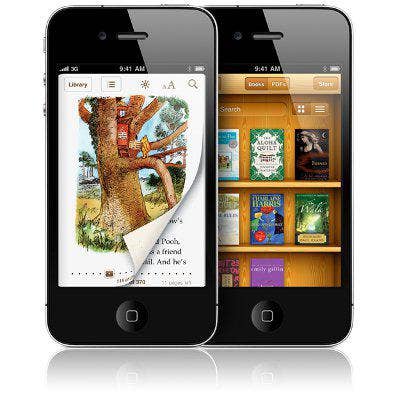
Apps
It's all about the apps. Mobile applications have become ubiquitous. To hold its own among its mobile contemporaries, a device must have access to an application marketplace.
Apple has set the bar high with the iTunes-based App Store for the iPhone. And with the iPhone 4, that's no exception. Apple's App Store has hit billions of downloads and boasts "hundreds of thousands" of applications. With iPhone 4, the smartphone also now has access to iBooks, Apple's electronic book store and ereader capabilities.
The HTC EVO 4G leverages the Android Market, the Google Android application store. While Android Market is an up and comer. Published numbers aren't readily available, but the Android Market boasts "tens of thousands" of applications ranging from games, entertainment and productivity applications.
Winner: Apple iPhone 4. Apple set the gold standard for mobile application marketplaces with the App Store. While Android Market is growing steadily, it'll take a major coup to unseat the king.
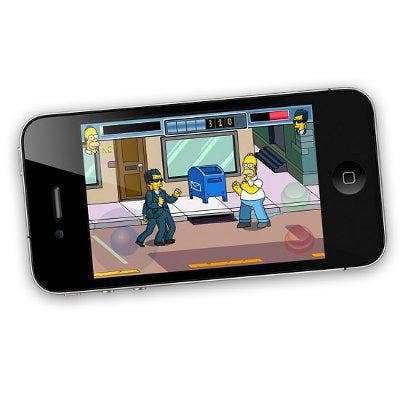
Sensors
It's all about perspective. Want to view a photo in landscape mode? A smartphone should let you. And then switch back to portrait mode? Check.
The HTC EVO 4G offers an accelerometer and a proximity sensor. The accelerometer automatically adjusts Web pages and photos to the user's perspective to be viewed in landscape or portrait mode. Plus, videos can be watched in landscape mode as well. The proximity sensor automatically disables the touch-screen and turns off the display whenever a user puts the phone up to their ear.
Apple also ties in an accelerometer and a proximity sensor, and ups the ante with an ambient light sensor. The coup de gras, however, is the iPhone 4's three-axis gyroscope.
Winner: Apple iPhone 4. You had us at gyroscope. Couple with the accelerometer, the Apple iPhone 4 can pivot in six axis, giving games real life motion.
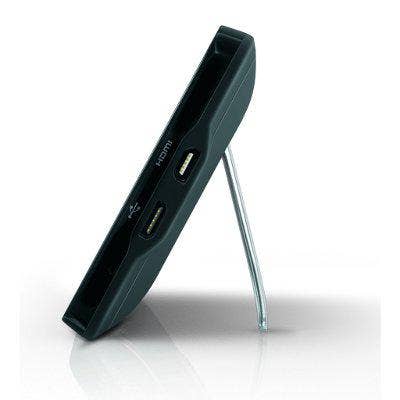
E-mail And Messaging
Apple iPhone 4 supports all major e-mail providers, like MobileMe, Yahoo, Gmail, AOL and others, along with most IMAP and POP e-mail systems. It also supports multiple Microsoft Exchange ActiveSync account for business users. Apple also unifies in-boxes, showing all e-mails in one unified pane, or users can access them separately. Most attachment types are also supported.
For messaging, the iPhone 4 also supports video, photo and text messaging (MMS and SMS). The iPhone also supports most instant messaging clients.
The HTC EVO 4G is also a communications powerhouse. It features Outlook e-mail with Microsoft Direct Push Technology and HTML support; support for AOL, Windows Live MSN and Hotmail, Gmail, Yahoo and more; and enables instant messaging from Windows Live Messenger, Google Talk, Yahoo Messenger and AIM.
Winner: HTC EVO 4G. While their e-mail and messaging capabilities are pretty similar, the HTC EVO 4G wins with its Outlook push integration.
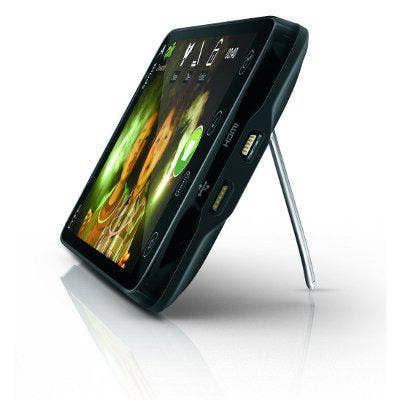
Document Viewing And Editing
Now that smartphones have the same capabilities as desktops and laptops (for the most part), it's only fitting that users can do their daily work on them.
The HTC EVO 4G offers the ability to view Microsoft Word, Excel and PowerPoint, along with PDF files. Meanwhile, Apple iPhone 4 also offers document viewing of most popular formats, and editing capabilities are available via third-party applications.
Winner: Tie. Both the Apple iPhone 4 and HTC EVO 4G are more consumer-focused than business heavy, so a real need to dig down and do work on the devices isn't necessary. Both offer the ability to view documents to make quick decisions on the go.
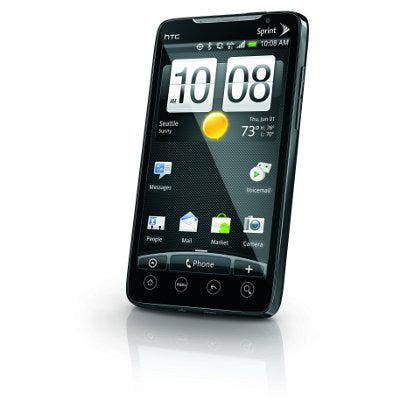
Browser
The mobile Web is the biggest draw for smartphones. Without it, a phone isn't smart at all. Both the Apple iPhone 4 and HTC EVO 4G are Web wonders.
The Apple iPhone 4 boasts Safari, which is kept speedy by the Apple A4 processer inside the device. The browser lets users bookmark pages and sync them with their Mac or PC and the ability to add an icon and shortcut to the home screen for quick access to favorite pages.
The HTC EVO 4G offers an Android Webkit browser that offers visual bookmarks and is powered by the 1 GHz Qualcomm Snapdragon processor.
Winner: HTC EVO 4G. This was a close call, but Snapdragon offers super speedy rendering and the ability to surf on 4G WiMax is tough to beat.
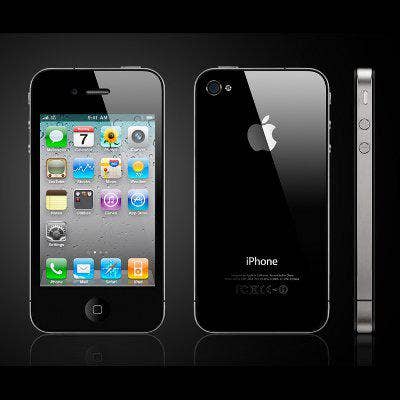
And The Winner Is ...
Apple iPhone 4
It's really no surprise, since for the past four years Apple has released the smartphone to beat and the device that has the competition gunning for it. Apple has truly made itself a mobile device company and the Apple iPhone 4 is no exception. That's not to say that the HTC EVO 4G doesn't bring a lot to the table and isn't a strong contender, but then it takes a lot to knock this Apple off its spot high atop the smartphone tree.
Final Score: Apple iPhone 4: 10; HTC EVO 4G: 6